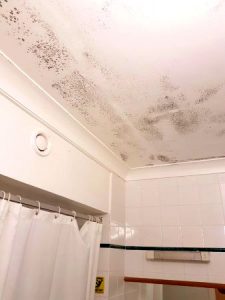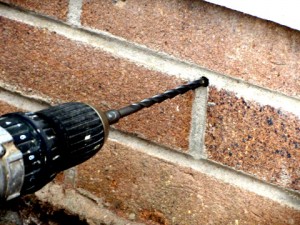The damps typically occur on walls, floors, doors, and windows, and also within pipes, plumbing, ceilings, and roofs. It can be caused by moisture coming into the property from outside, from condensation within the house otherwise from water being extensively used within specific areas such as bathrooms. If an area is not well-ventilated so this will exacerbate the damp problem in the home as well.
What is rising damp?
Rising damp is the slow, upward spread of moisture within the lower sections of walls and other ground supported structures. It can be identified by a characteristic ‘tide mark’ along the lower portions of the wall, as well as crumbling plaster and peeling or blistering paint.
How can I tell that I have a damp problem?
Here are some possibilities that you can see if you have a damp problem:
1. Mould and wet stains on skirting boards
2. Decayed or rotting timber
3. Crumbling plaster
4. Peeling, bubbling or flaking paint
5. Discolouration, mould growth and staining on walls
6. Salt stains and salt deposit build-up
Are damp damages repairable?
Yes, it can. A specialist waterproofing and damp proofing company is able to provide professional, and long-lasting damp repair solutions. Based on an assessment of your property which should be conducted by highly trained, knowledgeable and experienced technicians.
How to prevent dampness?
Regular maintenance and good ventilation are both keys to preventing dampness in your home. Be sure to check your roof regularly for holes in roof sheeting or missing tiles. Clean the gutters and check for structural damage such as cracks regularly. Keep windows open as much as possible or check that ventilation and air-conditioning systems are working as they should.



